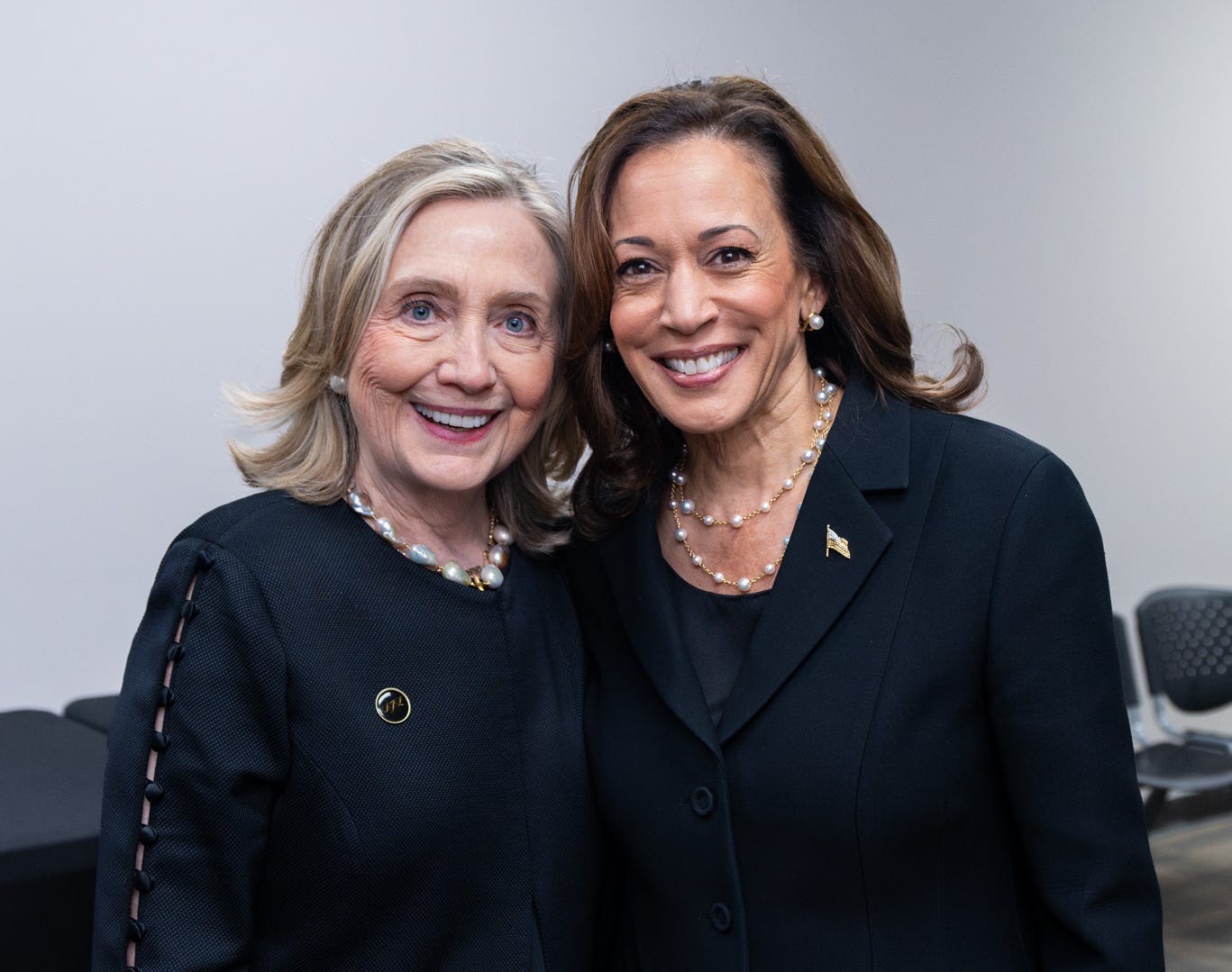Can Anyone Stop Kamala?
A look at the post-election lives of losers of the past.
(Credit for the voiceover for this article goes to the great Samuel Lipson)
When I published my list of potential Democratic outsider candidates in 2028 last month, I stated that the results of the election had one major silver lining: the possibility that a now-leaderless Democratic Party could undergo significant changes. This could be for the better, for the worse, or anything in between, but it felt as if it had to happen in some form. How could it not? Unlike even the results in 2016, 2024 stands as a decisive, thorough repudiation of the status quo. The results were nothing less than the complete collapse of a project that had come to power off one promise and one promise only: stopping Trump. Its candidate lost every single swing state and the popular vote, something that even Hillary Clinton herself couldn’t manage. And there are no excuses: no Comey Letters, no allegations of Russian hacking, not even just the idea that Americans didn’t know what Trump represented. The stakes were laid out, the positions were clear, and they lost. Badly.
Who out there could not want at least some form of change? The answer, as it turns out, might be the very people who will decide what the party does: Democratic voters. Of the polls of the 2028 Democratic primary that have been conducted since November 5th, Kamala Harris has led the field with a large plurality in every instance, receiving 43%, 41%, and 37% across the three surveys. No prospective opponent across the ideological spectrum has received support above the single digits. If this sticks, it could very well foreclose the sole potential positive outcome of this year’s results, dooming the party to a state of arrested development for the indefinite future. It’s also something that mainstream political media has paid practically no attention to, with most of their attention being directed toward the new and interesting figures who look set to run. As it stands, the implicit understanding is that these early polls tell us nothing.
As someone who sees a Kamala 2028 nomination as something of a worst-case scenario, this presumption—that she holds no meaningful advantage—is something I would very much like to believe. For this reason, I have been frustrated by how little it has been substantiated. The idea that she either won’t run or will settle for the California governorship is unconvincing to me. While the contention that her strong numbers are just a function of name recognition seems plausible, I have yet to see any outlets bring up any precedents for her degree of early strength. Indeed, some of the things they have claimed, like that Hillary Clinton held a lead in 2020 primary polls immediately after the 2016 election, are just flatly untrue.
History, it seems, is being left at the door in our collective analysis of the current state of the Democratic Party. It’s an understandable impulse, but it could also lead us astray. So, in the spirit of looking directly at things that we would rather not be the case, what does this century of open primaries tell us about the relevance of the early polls published over the past month? Are there any past examples that prove that her early strength is nothing to pay attention to? And if there aren’t, and she is a solid frontrunner, what can we do to escape from this Hell?
Case #1: Hillary Clinton after 2016



